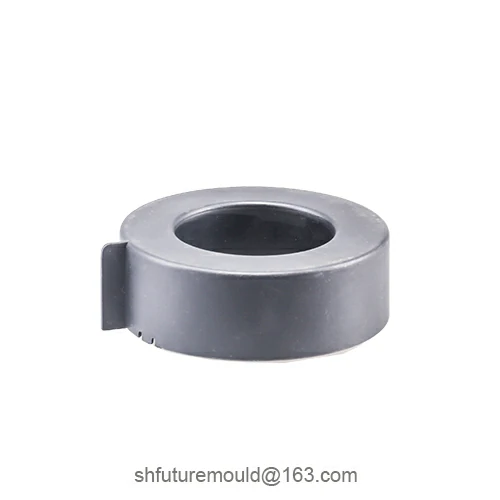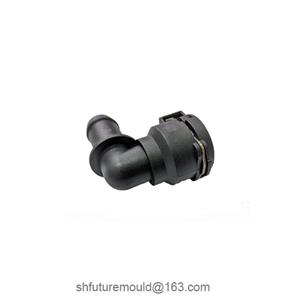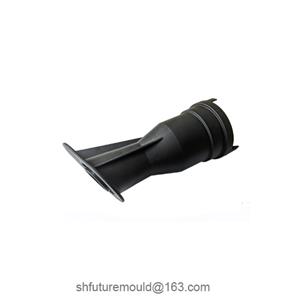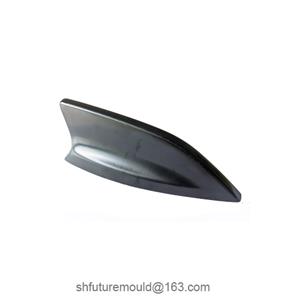Sequential Timing-Controlled Hot Runner Systems
In injection molding, the sequential timing control of hot runner systems is primarily used to precisely manage the opening/closing sequence of each parting line (or valve pin and bushing) and heating temperatures. This ensures uniform cavity filling, prevents cold slug blockages, and avoids over-packing.
I. System Components & Functional Overview
1. Heaters & Temperature Controllers
Each heating zone (hot runner branch) is equipped with an independent heating coil and thermocouple. A PID-controlled temperature regulator maintains preset temperatures.
Common brands: YUDO, WALTHER PILOT, INCOE.
2. Valve Pin & Bushing (Valve-Gate)
Electrically, electromagnetically, or pneumatically driven valve mechanisms for switching between "closed" and "open" states.
Functions:
Fully open during injection;
Sequentially close at the end of packing or during flow channel switching;
Prevent tail material from flowing into cavities.
3. Controller (PLC)
Centralized management of temperature, valve pin timing, and injection molding machine actions.
Typically uses digital outputs (DO) to drive solenoid or servo valves, and digital inputs (DI) to receive feedback from position sensors.
II. Sequential Timing Logic Design
1. Filling Phase
Trigger Point: Injection start (after injection pressure reaches the preset threshold).
Control Logic:
The PLC monitors the "injection start" signal (e.g., from the molding machine’s solid-state relay).
Issues sequential "valve open" commands (parallel or synchronized, depending on multi-channel design).
Confirm all valves are fully open before allowing the process to enter the packing phase.
2. Packing/Flow Channel Switching Phase
Trigger Point: Preset packing time elapsed or packing pressure drops below a threshold.
Control Logic:
Close valve pins sequentially from inner to outer (or vice versa), based on runner length or cavity position, to prevent cold slug formation at the runner tip.
Introduce delays (tens to hundreds of milliseconds) between closures to ensure uniform pressure release in runners.
3. Cooling & Ejection Phase
Trigger Point: All valve pins closed and mold reaches the end of packing.
Control Logic:
Valve pins remain closed during cooling and ejection to prevent melt backflow.
Maintain a closed state until the next injection cycle begins after ejection.
The core of sequential timing-controlled hot runner systems lies in "precision and stability" in managing each runner’s temperature and valve pin actions. By optimizing opening/closing sequences and timing, these systems ensure consistency and quality in multi-cavity or multi-channel injection-molded parts.
- Injection Mold
- Automotive Injection Mold
- Electronics & Electrical Injection Mold
- Consumer Goods Injection Mold
- Airplane Components Injection Mold
- Medical Components Injection Mold
- Irrigation Components Injection Mold
- Injection Molds




